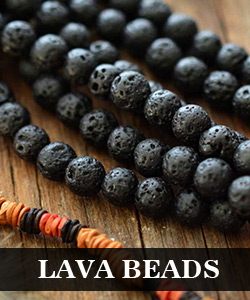- Comments (0)
- Sep 01, 2013
Knowledge About Freshwater Pearl - How Are Freshwater Pearls Made
Summary: How are freshwater pearl made? Have you ever thought about this question, even if you don’t have a freshwater pearl necklace? Read on to learn all about the process behind freshwater pearls
Freshwater pearls have the widest variety of shapes and colors. They add elegance to any jewelry because of their regal look. You will often see them during formal occasions. People wearing pearl jewelry look more noble and graceful. But do you know how freshwater pearl are made?

In reality, most freshwater pearls are cultured China has dominated the freshwater pearl industry since 1970s. Also, freshwater pearls are the ones produced by mussels and oysters that live in rivers or lakes. Nacre will be added up layer by layer after it is secreted, and then form the shape of a shell. Occasionally, some foreign substance like sand or debris penetrates into the body of the pearl shell, and hurts it. When this happens, nacre cells are gradually and increasingly secreted to surround the foreign substance, shielding it from harm. The cells continue secreting nacre and the nacre wraps up the foreign substance layer by layer until the pearl is formed.

Here is some information about pearl cultivation. The first step to cultivating pearls is to insert a bead nucleus. Then it will produce a piece of mantle tissue. These pearls are called bead-nucleated freshwater pearls. Pearl farmers have also found that the pearl can be made without inserting a bead, so these pearls are called non bead-nucleated pearls. Nowadays, most freshwater pearl production is non bead-nucleated. It’s easier to cultivate pearls with this method, which is why farmers generally use it.












